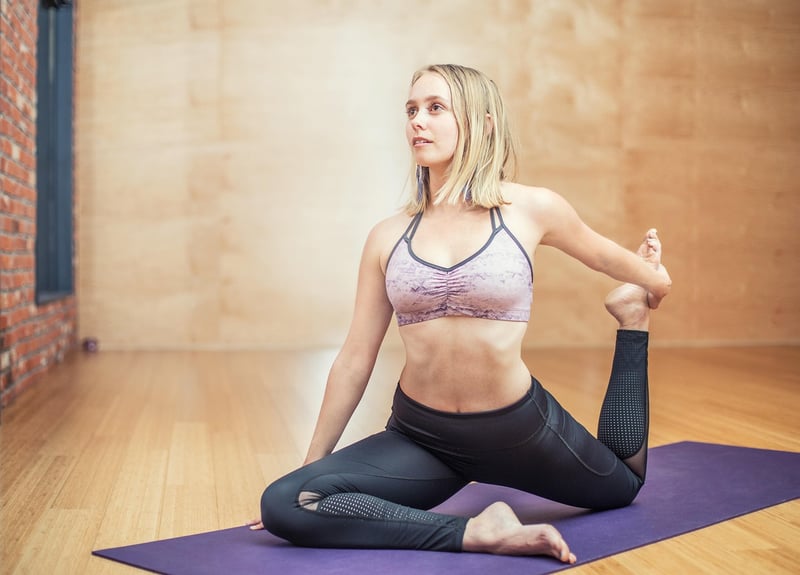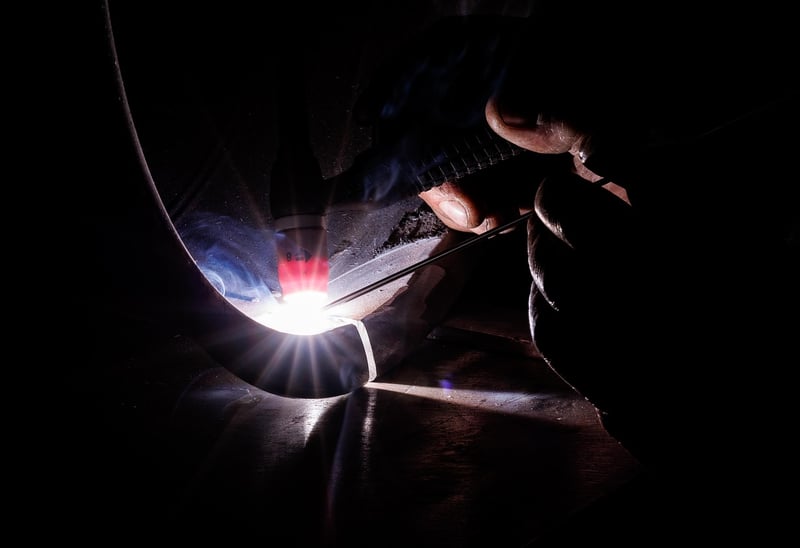Breathing Techniques
Exploring Helpful Materials for Practice and Breathing Techniques
Introduction
Practicing breathing techniques can significantly benefit your physical and mental well-being. In this article, we will delve into some helpful materials for practice and explore various breathing techniques that you can incorporate into your daily routine.
1. Materials for Practice
Before diving into breathing exercises, it's essential to set up a comfortable and calming space for your practice. Here are some materials that can enhance your breathing practice:
Yoga Mat
A yoga mat provides a comfortable and supportive surface for your practice. It can help cushion your body during seated or lying down breathing exercises.

Meditation Cushion
A meditation cushion or pillow can help maintain proper posture during seated breathing practices. It provides support for your hips and lower back, allowing you to sit comfortably for an extended period.

2. Breathing Techniques
Now, let's explore some effective breathing techniques that you can incorporate into your daily routine for relaxation and stress relief:
Diaphragmatic Breathing
Also known as belly breathing, diaphragmatic breathing involves deep inhalation through the nose, allowing your diaphragm to expand fully. This technique can help reduce stress and improve oxygen flow in the body.
Box Breathing
Box breathing is a simple technique that involves inhaling for a count of four, holding the breath for four counts, exhaling for four counts, and then holding the breath again for four counts. This method can help regulate breathing patterns and promote relaxation.
Alternate Nostril Breathing
Alternate nostril breathing is a yogic technique that involves breathing through one nostril at a time. This practice aims to balance the body's energy and promote mental clarity and focus.
Conclusion
By incorporating these helpful materials for practice and exploring different breathing techniques, you can enhance your overall well-being and cultivate a sense of calm and relaxation in your daily life.
Remember to consult with a healthcare professional or a certified instructor before beginning any new breathing practice, especially if you have any underlying health conditions.
